
ede
-
Posts
254 -
Joined
-
Last visited
Content Type
Profiles
Forums
Articles
Gallery
Downloads
Events
Posts posted by ede
-
-
On May 24, 2017 at 9:23 PM, David Kailey said:
Why do so many guys anvil stands look like welded scrap metal, they have no skills, they adopted a red headed step child, or just flat don't about the most used tool in the smithy.
Quote... Chains with nails, screws, rubber bands, duct tape....come on
David,
Look at the smiths in Africa. I'm wagering that most of them work on the ground which is also their tool stand and anvil stand. Are their setups inferior to the person who uses chains with nails and screws? Is the smith's rock in the video not as good as the other guys on iforgeiron? Are their goat skin bellows not as efficient as a ribbon burner?
At the end of the day, everyone has different setups, different means, and different objectives. Keyword is different, not necessarily better. Many blacksmiths are blessed to have the choices that others do not.
And note: tool wars do exist. They just tend to be xxxxxxx contests though.
-
What you want to look for is anhydrous borax, that is borax with the moisture taken out.
-
Jbardshaw,
What thickness 304 did you end up using for the nozzle? I believe Mikey's book calls for .120", I ended up using 316 ss .065 because it's what I had. Nice work!
-
Hey, but they sell. With a tag line like "as seen on forged in fire" it dignifies them. I'm sure the manufacturer is enjoying all the attention.
-
Pine Ridge presses there tubing in.
If they were hard silver brazed into place, the baffle plate would have to get really hot to heat up the solder. Hard silver solder has a solidus temperature of 1365 ℉. That equivalent heat in metal color would be a dull red. The liquidus temperature is 1450 ℉.
-
I think what Mikey is referring to on the purpose of the tubing in ribbon burners being stepped orifices is discussed in a 2009 thread. And I quote:
"Brad,
Nice job on the burner! You have put a lot of thought into it. In the past I have built several IFB (Insulating Fire Brick) burners. Even the G28's don't have the lifespan of a burner block cast from a high quality refractory, but since your design makes it so easy to replace that becomes much less of a factor.
A tapered hole won't have much effect. What will help with flame retention and stability is a stepped diameter orifice like I use. The first part of the orifice is smaller in diameter. This is the metering orifice and it supplies a consistant amount of fuel mix at a relatively high speed. The second larger diameter part is the delivery orifice. Here the fuel mix expands and slows down just before leaves the burner. This helps the flame retain on the block face, and gives better flame stability over a wider turn up/turn down ratio. The trick, of course, is in balancing the relationship between both the lengths and the diameters of the two orifices. Whether or not you could get it done in the thickness of an IFB I'm not sure, but bit might be worth fooling with.
Charlotte,
"a little leak might not make any real difference" unless it leaks out into and behind the fiber blanket forge wall. Being a manufacturer I tend to see design in terms of liability. You will have to forgive me, it comes with the territory :grin:
Regards, Tom
" -
Hmmm, that's also a really good idea, I will check that out and store that idea for if or when I ever pour a slab.
-
Ok, I have no idea what a frosty gazinta is, please explain. I like the idea of a receiver hitch tube to take down the mast easily.
-
I will be building a swage block stand soon for an almost 200 lb block and while perusing different builds I came across this video. This question is more directed at the folks who use these in blacksmithing and not as a museum piece in their shop. Does this idea have practical value to it? What are the downsides to it? Is it silly or unnecessary?
And yes I can lift my block while I'm not always very fond of doing so.
-
Right, easy enough with a spark test.
-
Duh, of course I wasn't thinking drop forged but there you go. I think y'all are right! No other markings that I could discern.
I've seen only open die forged post vices it just didn't occur to me.
-
-
1 hour ago, SReynolds said:
Not sure which direction you tilted it. It is however designed to pivot about the pivot point/mounting bolt atop the pedestal.
It holds about one pint. I gave mine a good cleaning (first time for this blower, by myself ) and there is zero leakage. Anywhere. I do oil the input/drive shaft and SPILL oil there. But none is leaking.
There is a gap in the gear case as you said. No seal. No need. No oil will leak if you fill it to proper level. Overfilling will cause it to leak there. But that isnt gonna harm anything. The champion 400 blower, as well as others i imagine, are designed to spew oil. You squirt it in. It dribbles out. The Canedy Otto has a large sump thus placing that fan shaft much higher. Thus no oil weeps out from said location.
Don't recall if you have the forge to mount said blower (????) The air outlet is the mount. Thus that funky looking flange.
Smaller fan. Less air. The rivet forge doesnt require 12" fan case.
When I got it, it was laying in a plastic tub for how long knows when. Whatever oil had been tossed out long ago. I've heard favorable things on using ATF for the gear case and will probably use that. After it is restored, I shouldn't have any trouble keeping the oil in the gear case as long as it is kept upright.
The blower came by itself. Before you told me it was a rivet forge blower I was envisioning fabricating a separate stand. Now after seeing photos of the rivet forges, I see what you mean about the air outlet being the mount. I may have to re-think how I go about mounting it.
-
On 5/2/2017 at 10:20 AM, Latticino said:
Not to mention use of bent sheet metal covered with clay, carved sacrificial polystyrene foam to be "melted out" using a solvent, suspended heavy duty plastic sheeting to form a catenary to pack refractory onto... Lots of ways to skin that cat.
Sorry no in process photos or step by step procedure. Why not try a couple of options and post your own?
Thanks for the ideas, Latticino. Why would one put clay on the bent sheet metal, as a release for the refractory?
On 5/2/2017 at 8:10 PM, Hammerfall said:I Laos my kaowool flat, sprayed it with water, smoothed on my mizzou, and waited 10 minutes. I put it into my round forge vertically inside of a cardboard box and finished the top edge. I waited 45 minutes pulled it out and did the other end. I waited 45 minutes again. I pulled it out of the box recoated the seam, which was the floor and put on a little thicker layer. Let it set overnight fire it at a mid temp and let it cool down. It has worked great ever since.
Sounds like a slick method Hammerfall. Are you happy with the results?
On 5/2/2017 at 8:41 PM, Frosty said:I rammed the plastic / rammable, refractory (Pyramid Super, Air set) in using a 5/8" sq. bar and hammer till it was rock hard. I stripped most of the outside tube and hung a light bulb in the chamber to speed setting. This long defunct refractory did not dry, it set on contact with air. It sounds picky but is a distinct difference. Stripping the waxed outside from the sonotube allowed air contact and sped setting. Just before stripping the outer tube I used a sacrificial hole saw to drill the burner port.
Is Castolite considered a "rammabvle refractory"? The most recent one was hand plastered with Castolite. Of course the problem with hand plastering is gravity when you get to the ceiling. The next one I do will be actually "Cast" and the ends will be filled.
Here's a picture of the results.
-
3 hours ago, David Kailey said:
The only difference in size was the size forge the ribbon burner was 1145 ci and the venturi forge was 432 ci. To maintain the volume of fuel It took 4 venturi burners. But to heat the steel as fast as the ribbon forge I had to make the venturi forge smaller.
Hi David, thanks for taking the time to write your impressions about your ribbon burner. I definitely have plans to make one in the future. To clarify, are you saying you used 4 naturally aspirated burners in a 432 CI forge? What kind of "venturi" burner did you use? I understand you were comparing volume of fuel, however one good 3/4" to 1" naturally aspirated burner should be able to heat 350 CI to forge welding temperature.
-
Did you notify them of the problem first before posting it here? If so, what Glen asked.
-
The short answer and please correct me if I'm wrong: Venturi or gas jet ejectors = low volume/high pressure with a very small orifice for the gas metered in the neighborhood of .023-.035" that induces air in a mixing tube and has a singular outlet--depending on the number of burners installed. RIbbon burners since they have multiple outlets need higher volume but don't rely on high pressure so the flame fronts in effect are spread out(less concentrated) resulting in a slower burn.
-
It's alive....that is this thread and a cast post vise!
I picked this up today off of CL. While inspecting jaw alignment and the screw box, it didn't occur to me to check for mold lines! Also, check out the integrated pipe clamp below the jaws.
The only marking I could find on it was the 50 and something on the loose collar that may or may not have been original equipment.
-
Thanks for the info, SReynolds. Yes these rivet blowers appear to be smaller than your style. I'm guessing they push less air being smaller.
Also there is no seal between the gear case and the fan case where the fan shaft goes through. Instead, there is a much larger hole where the fan shaft goes through. Does yours have a seal or is there a mechanical fit btw your gear case and fan case? This explains why my fan case was so greasy as a simple tilt allows the lubricant to go from the gear case to the fan case.
-
-
Many years ago, I straightened a roll of garage coil springs and went through the whole process of making chasing tools with them. After hardening, tempering and attempting to do some chasing with them, they bent. Case in point, before undertaking making chasing tools from scrap yard steel, make sure that they are hardenable steel. After all, not all springs are alloyed the same nor have the same purpose. For instance overhead springs are designed to stretch and torsion springs are preloaded with torque to raise and lower a door.
Over the weekend, I straightened a 3/4" coil spring with a friend and got 11 1/2'. Using a coke forge to take heats, using the vise initially to get a flat, then reheating and inserting the stock in the hardy hole and straightening with tongs. These will be used for punches.
To prep the springs for straightening, I coated the springs with paint remover as the sand blaster was ineffective. It worked OK on one of the several springs I coated. I am thinking a better way of removing the paint so I don't have to breathe those nasty fumes is with a trash fire.
I can see two reason for the toil of uncoiling,
1) if you have more time than money
2) you just like doing stuff the hard way--aka a blacksmith.
-
15 hours ago, Steamboat said:
I always seem to start about three times more projects than I have time to finish, but at least I'm never bored, and I actually do complete some projects from time to time
 .
.
Steamboat
Well, I hear you. I have many projects in tow myself until I get sick of trying to multi-task and get back to finishing one at a time.
I look forward to seeing your progress.
-
Steamboat, whatever became of your forge? Would love to see how this all came together.
-
Sounds like a fine curriculum! I bet it was the standard when it was published.
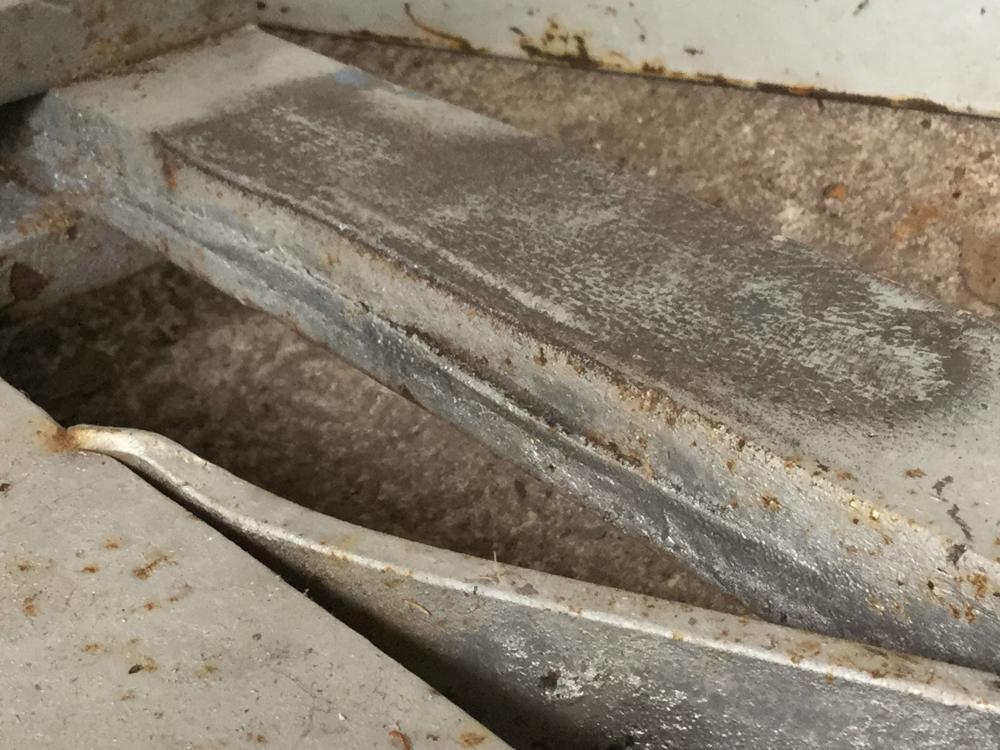
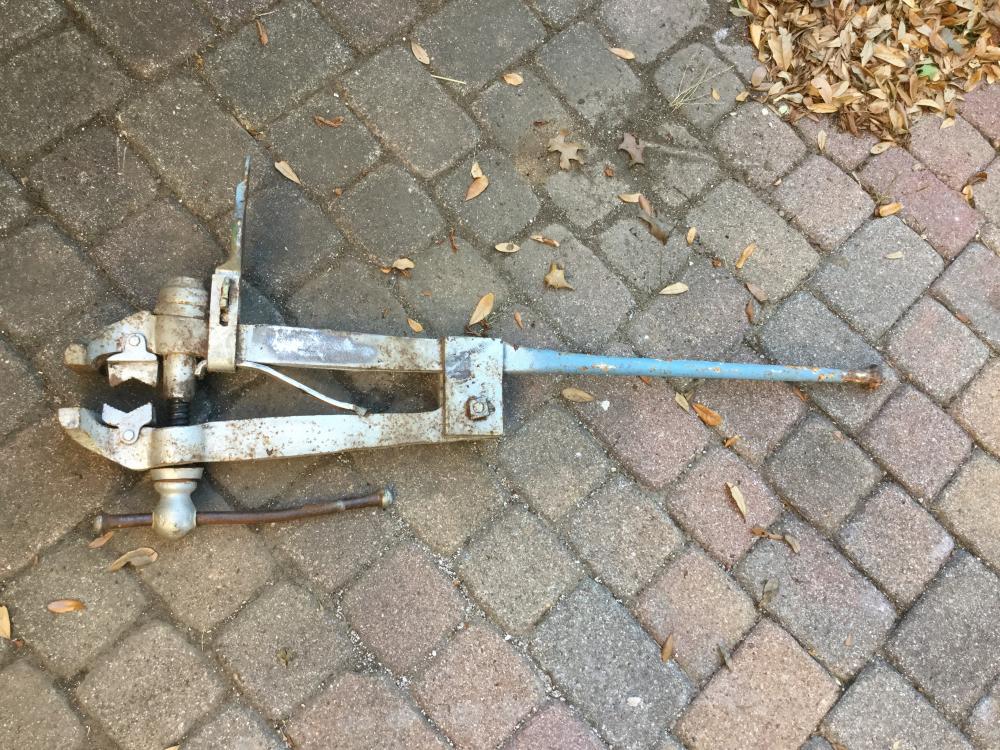
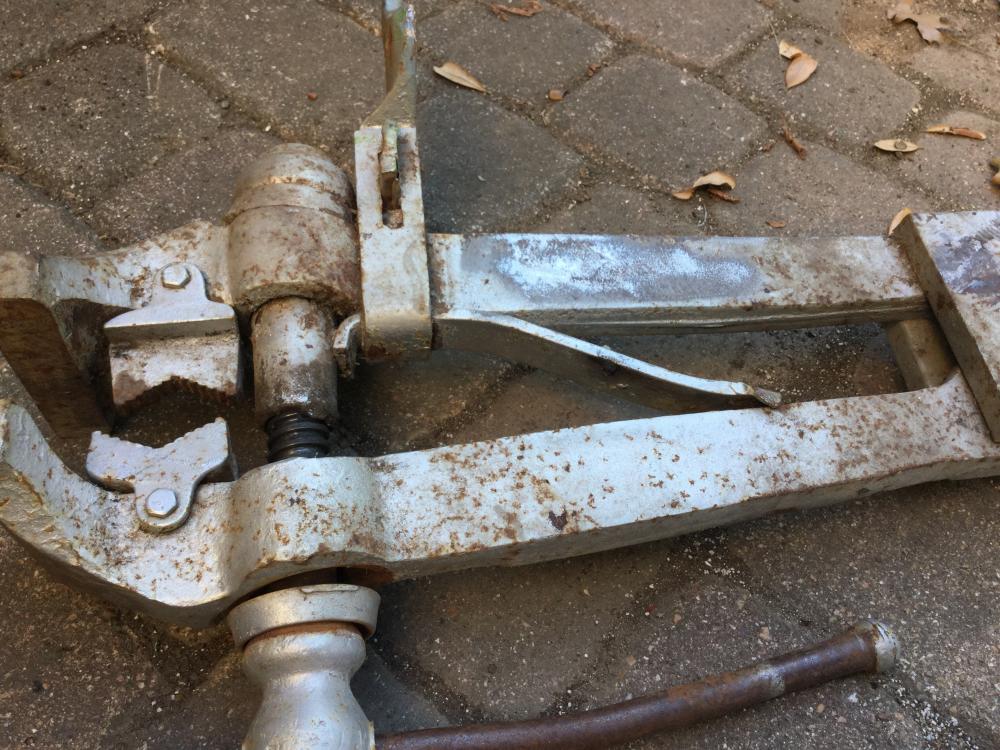
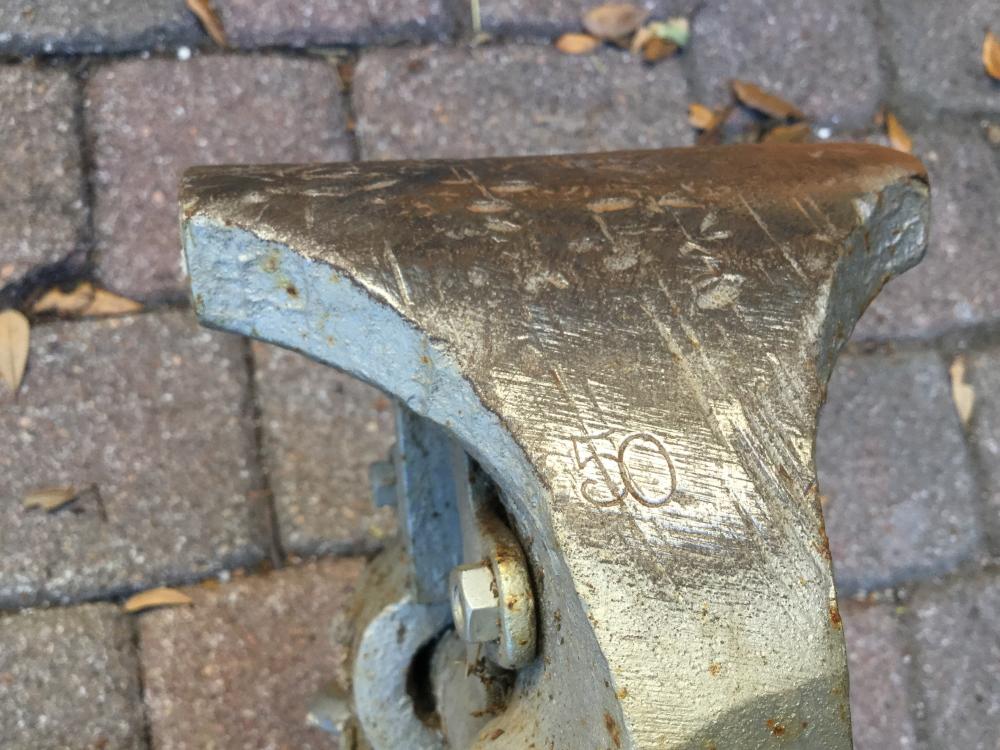
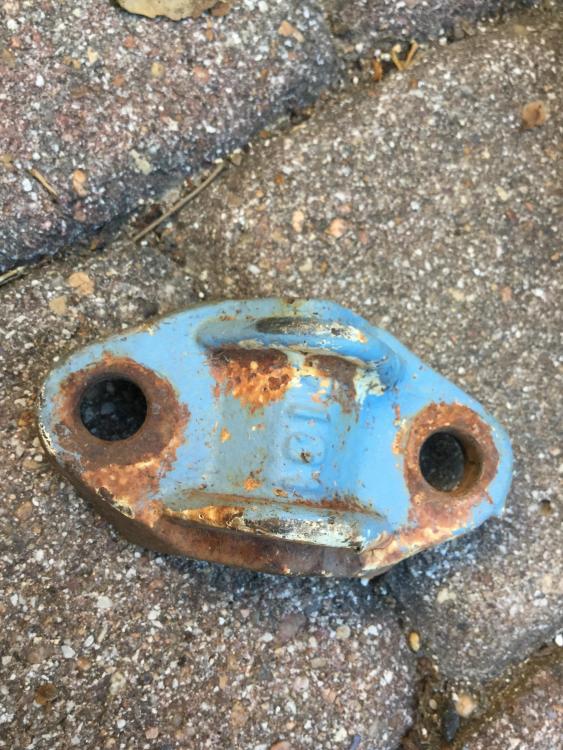
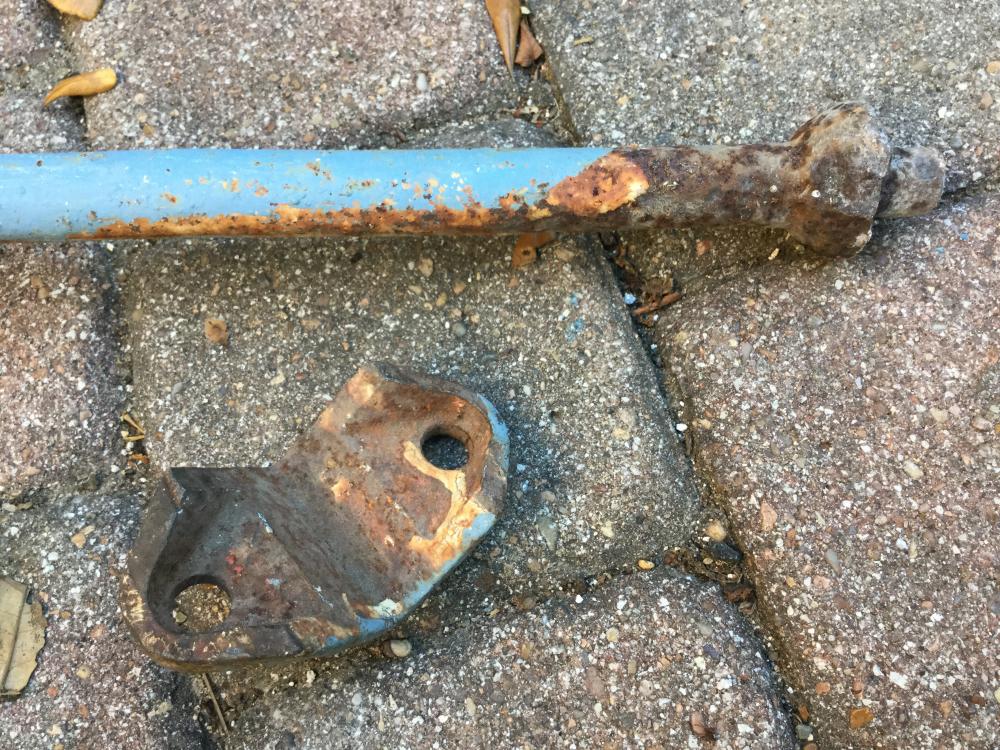
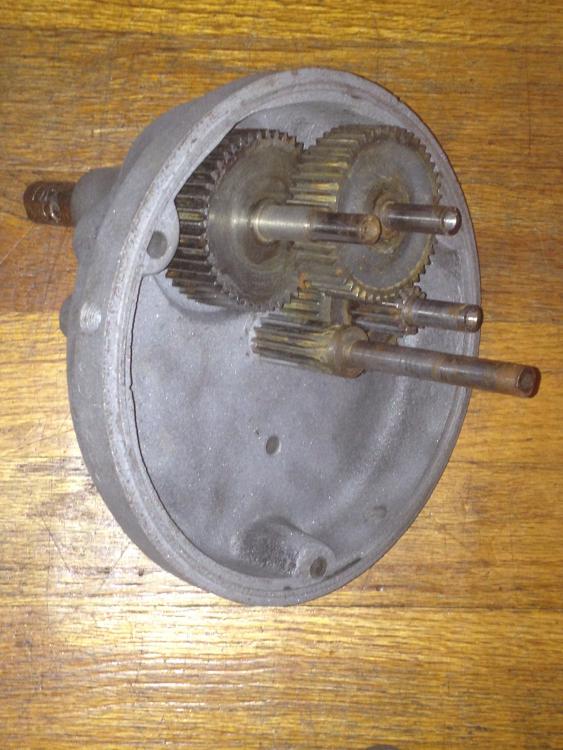
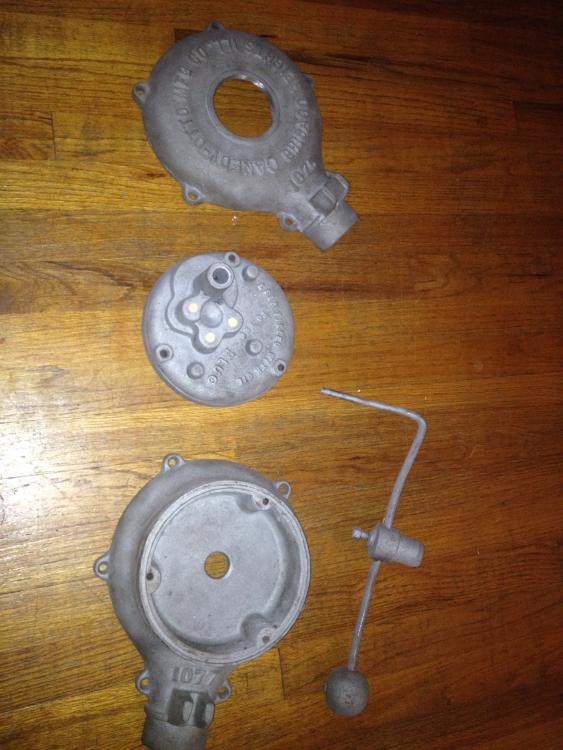
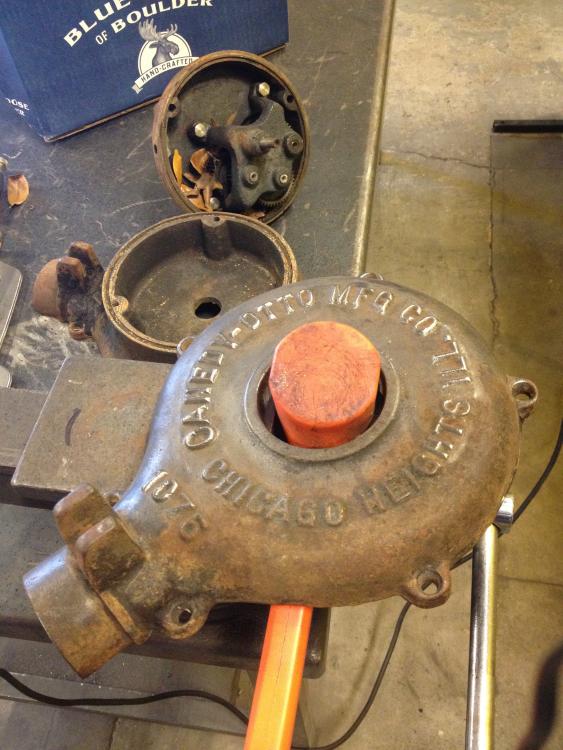
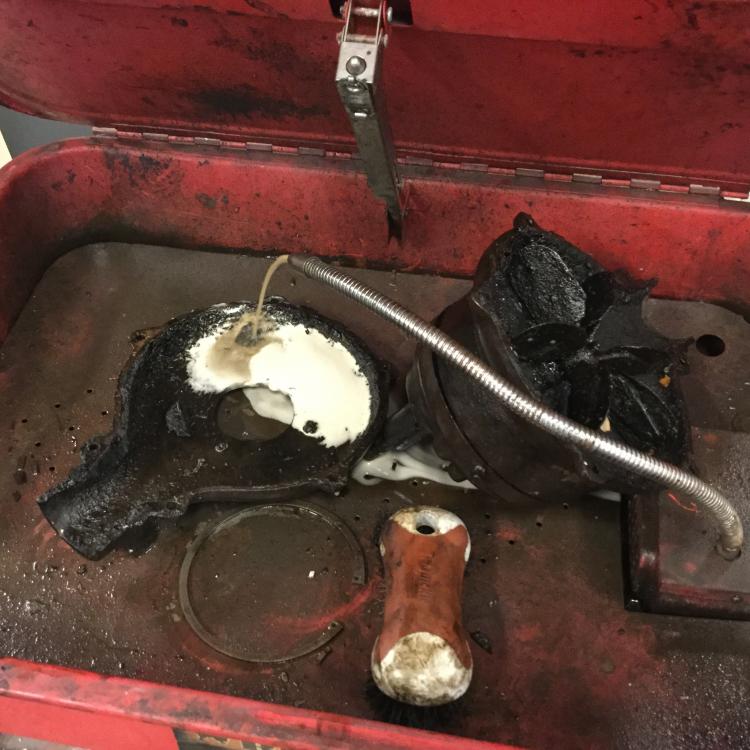
Anvil Stands. Make'em nice and clean
in Stands for Anvils, Swage Blocks, etc
Posted
If you look at my post Marc1, I wrote: "Many blacksmiths are blessed to have the choices that others do not" which I will stand by. My questions is are all the smiths that sit down while working--I bet it's the majority of African or Indian smiths--are they wrong in their method? Or smiths that choose to do period/ historical forging.
I agree with you that malnutrition, or being ignorant or too poor to afford basic PPE is something that should not continue in the modern world. I am also saying is that there is sometimes an elitist attitude exists with tools or methodologies that my way is better than yours or this piece of equipment is better than that piece of equipment, all in the name of efficiency.
There are people who use bellows, they are not as efficient as gas forges, and maybe inductive forges trump ribbon burners in efficiency so why should anyone use ribbon burners? But if you consider that propane needs to be refined and that it is an industrial age process, maybe it's not as efficient if you have charcoal readily available.
Sometimes there is more grey than meets the eye when it comes to what's better. An anvil stand that has waterjet cut slots for hammers or a swiveling removable tool tray isn't necessarily better than one without. The world would be a boring place if we had all of the same looking anvil stands
A tool that is less efficient is still relevant and can be purposeful. Heck, look at artist blacksmiths in modern society, we are living dinosaurs and modern society would function just fine without us, however the world would be boring. Sure, their are limiting factors compared to a modern anvil with stand, but there are also great achievements for ones that are versed in using different anvil setups.
There is a non profit organization called the toolbox initiative that was formed after a book called "Legacy, Jewelry Techniques of West Africa" was written. The video above is an excerpt from the iPad version of the book. The mission is to dispense tools and silver to jewelers in West Africa. I don't know of any organizations for something similar related to blacksmithing.
http://www.toolboxinitiative.org/what-we-do/